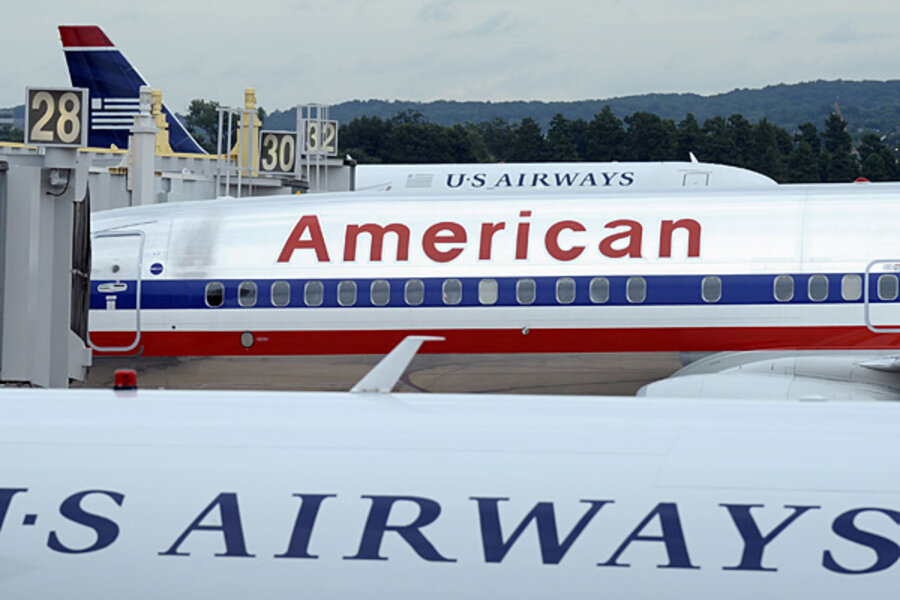Airlines merger complete. The next challenge? Making money.
You'll have to excuse American Airlines CEO Doug Parker if he finds himself looking around as he adjusts to life as the man in charge of the world's largest airline.
He has finally climbed the mountain.
For the first time in his career, Parker no longer has to focus on making his company bigger by aggressively lobbying and maneuvering for, and ultimately pursuing, a merger.
"There's still a lot of work to do to bring these airlines together, but today is a big step," Parker said before ringing the Nasdaq opening bell via remote from American headquarters in Fort Worth, Texas.
But now that his former carrier, US Airways, has teamed up with the formerly bankrupt American Airlines to form the new American, Parker faces the real test: making money.
And let's be clear. Investors do not expect the new American to be simply profitable, but very profitable. Especially given that it is coming out of bankruptcy with a cleaned-up balance sheet, faces only moderate jet fuel prices and has an improving economy.
"We have to provide a return to our investors. We know that," Parker said. "The last 10, 11 years have proven that airlines that can't do that aren't allowed to grow and expand and do the things we want to do. We expect to produce a profit."
New American, new advantages
The merger of US Airways, formerly the fifth-largest airline, and the old American, formerly the third-largest, creates the world's largest airline as measured by available seat miles—calculated by the number of seats on a plane and how many miles the plane will travel on a certain trip.
More important, the company is now a global giant with a strong domestic and international route network.
Strong in the U.S. coast to coast? Check.
The leading carrier to Europe? Check.
Latin America and the Caribbean? Double check.
Asia? While American's service to that continent (specifically China) trails that of United Airlines and Delta Air Lines, the new American is not shut out as US Air was, thanks to some exposure from the old American. That is important because the region has exploded in popularity over the past 10 years.
Execution the key
All of these factors give Parker and his team the muscle and structure needed to attract corporate travelers. And make no mistake—the real battle in the airline industry is about winning the most business travelers.
Think about it. If you're running a global corporation and need access to the leading financial and business centers, you want frequent flights to New York, London, Tokyo, Shanghai and other top cities.
Parker said he believes American is ready for the day-to-day fight with United, Delta and other leading airlines around the world.
"The three of us have the ability to take people pretty much anywhere," he said. "What used to be a business based purely on schedule, you now need to compete on product, and we're prepared to do that."
—By CNBC's Phil LeBeau. Follow him on Twitter






